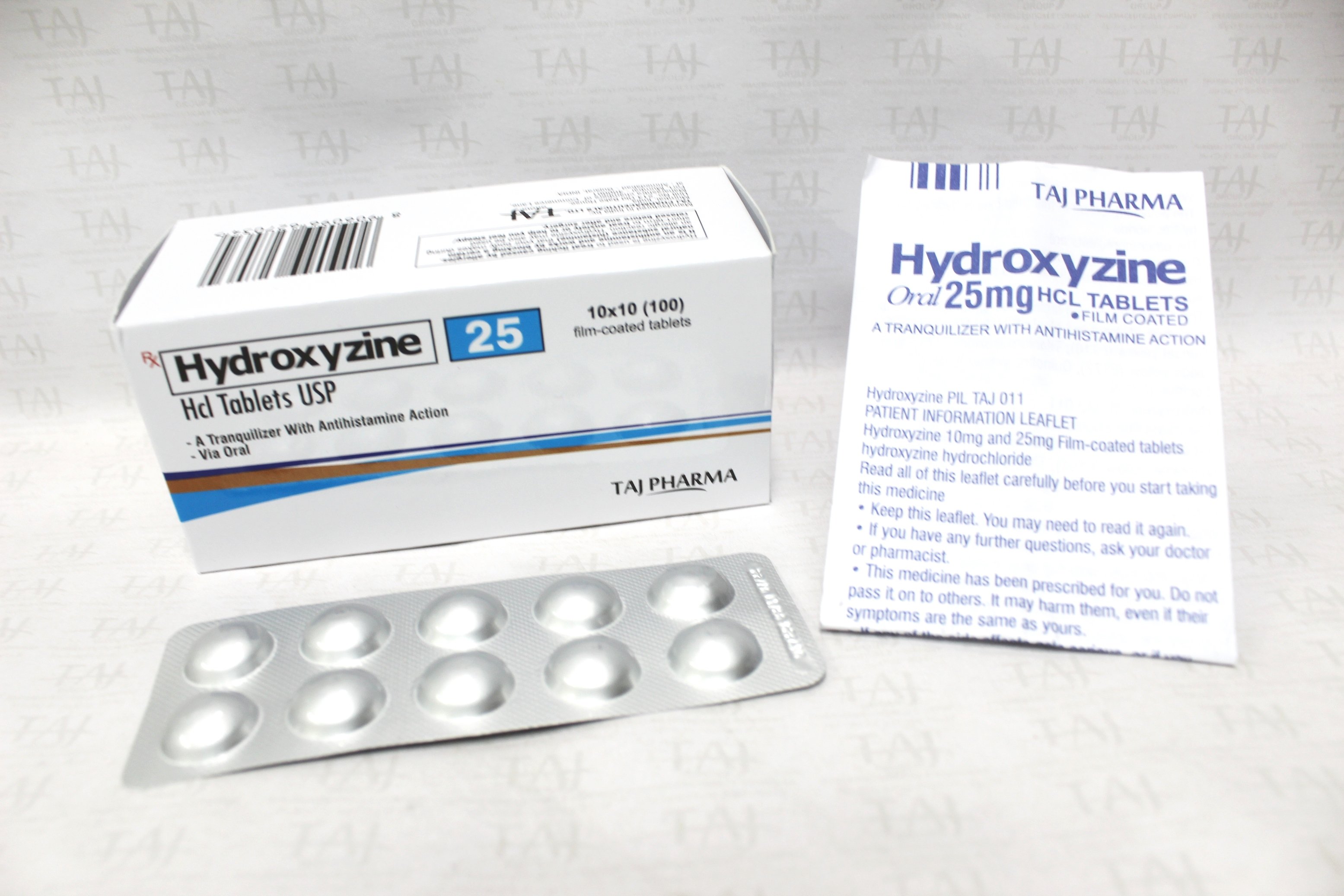Living with Sjögren’s syndrome can be a challenging and frustrating experience, as the disease often affects multiple aspects of daily life. However, by understanding the condition and incorporating effective self-care strategies, individuals can better manage their symptoms and improve their overall quality of life. In this comprehensive guide, we will delve into the world of Sjögren’s self-care, exploring the most effective methods for alleviating dryness, fatigue, and other common symptoms associated with the disease.
Understanding Sjögren’s Syndrome
Before diving into the self-care aspects, it’s essential to understand the basics of Sjögren’s syndrome. This chronic autoimmune disorder primarily affects the exocrine glands, particularly the salivary and tear glands, leading to dryness in the mouth and eyes. The disease can also impact other parts of the body, such as the skin, joints, and internal organs. While the exact cause of Sjögren’s syndrome is still unknown, research suggests that it may be triggered by a combination of genetic and environmental factors.
Symptom Relief Secrets
Managing Sjögren’s syndrome requires a multi-faceted approach, incorporating lifestyle modifications, dietary changes, and stress-reducing techniques. Here are some valuable tips to help alleviate common symptoms:
Dry Eye Relief
- Artificial Tears: Use preservative-free artificial tears throughout the day to keep your eyes moist. Look for products containing hyaluronic acid or glycerin, which can help lock in moisture.
- Omega-3 Rich Diet: Include omega-3 fatty acid-rich foods like salmon, sardines, and walnuts in your diet to reduce inflammation and promote healthy vision.
- Humidify Your Environment: Use a humidifier in your home, especially during dry winter months, to maintain a healthy moisture level and prevent dryness.
Dry Mouth Relief
- Stay Hydrated: Drink plenty of water throughout the day to keep your mouth moist. Aim for at least 8-10 glasses of water per day.
- Sugar-Free Gum: Chew sugar-free gum to stimulate saliva production and reduce dryness.
- Saliva Substitutes: Use saliva substitutes or oral moisturizers to help lubricate your mouth and alleviate dryness.
Fatigue Management
- Prioritize Sleep: Aim for 7-8 hours of sleep per night to help regulate your immune system and reduce fatigue.
- Exercise Regularly: Engage in gentle exercises like yoga or swimming to improve circulation and boost energy levels.
- Stress Reduction: Practice stress-reducing techniques like meditation, deep breathing, or progressive muscle relaxation to help manage fatigue.
Skin Care Tips
- Moisturize: Apply a rich moisturizer to your skin, particularly after bathing or showering, to lock in moisture and prevent dryness.
- Avoid Harsh Soaps: Use gentle, fragrance-free soaps and cleansers to avoid irritating your skin.
- Protect Your Skin: Wear protective clothing and apply sunscreen with at least SPF 30 to prevent skin damage and dryness.
Dietary Changes for Sjögren’s Management
While there is no specific diet for Sjögren’s syndrome, incorporating certain foods and avoiding others can help alleviate symptoms. Here are some dietary tips:
- Omega-3 Rich Foods: Include omega-3 rich foods like fatty fish, flaxseeds, and walnuts in your diet to reduce inflammation.
- Antioxidant-Rich Foods: Eat antioxidant-rich foods like berries, leafy greens, and other fruits and vegetables to help protect your cells from damage.
- Avoid Trigger Foods: Identify and avoid trigger foods that can exacerbate symptoms, such as spicy or acidic foods.
Stress Reduction and Mindfulness
Stress can exacerbate Sjögren’s symptoms, making it essential to incorporate stress-reducing techniques into your daily routine. Here are some mindfulness tips:
- Meditation: Practice meditation or guided relaxation to help manage stress and promote relaxation.
- Deep Breathing: Engage in deep breathing exercises to help calm your mind and reduce stress.
- Yoga: Practice gentle yoga stretches to improve flexibility and reduce stress.
What are the most common symptoms of Sjögren's syndrome?
+The most common symptoms of Sjögren's syndrome include dry eyes, dry mouth, fatigue, and joint pain. However, symptoms can vary widely from person to person, and some individuals may experience additional symptoms such as skin dryness, digestive issues, or neurological problems.
How can I manage dry eyes with Sjögren's syndrome?
+To manage dry eyes with Sjögren's syndrome, use preservative-free artificial tears throughout the day, and consider using a humidifier in your home to maintain a healthy moisture level. You can also try applying a warm compress to your eyes to help loosen any blockages in the tear ducts.
Can diet play a role in managing Sjögren's symptoms?
+Yes, diet can play a role in managing Sjögren's symptoms. Incorporating omega-3 rich foods, antioxidant-rich foods, and avoiding trigger foods can help alleviate symptoms. Additionally, staying hydrated by drinking plenty of water can help reduce dryness and promote overall health.
By incorporating these self-care strategies and dietary changes into your daily routine, you can better manage your Sjögren’s symptoms and improve your overall quality of life. Remember to consult with your healthcare provider before making any significant changes to your lifestyle or diet. With the right approach and support, you can take control of your Sjögren’s symptoms and live a more comfortable, fulfilling life.



